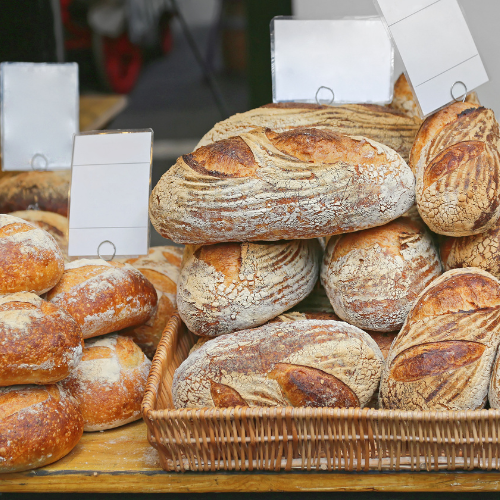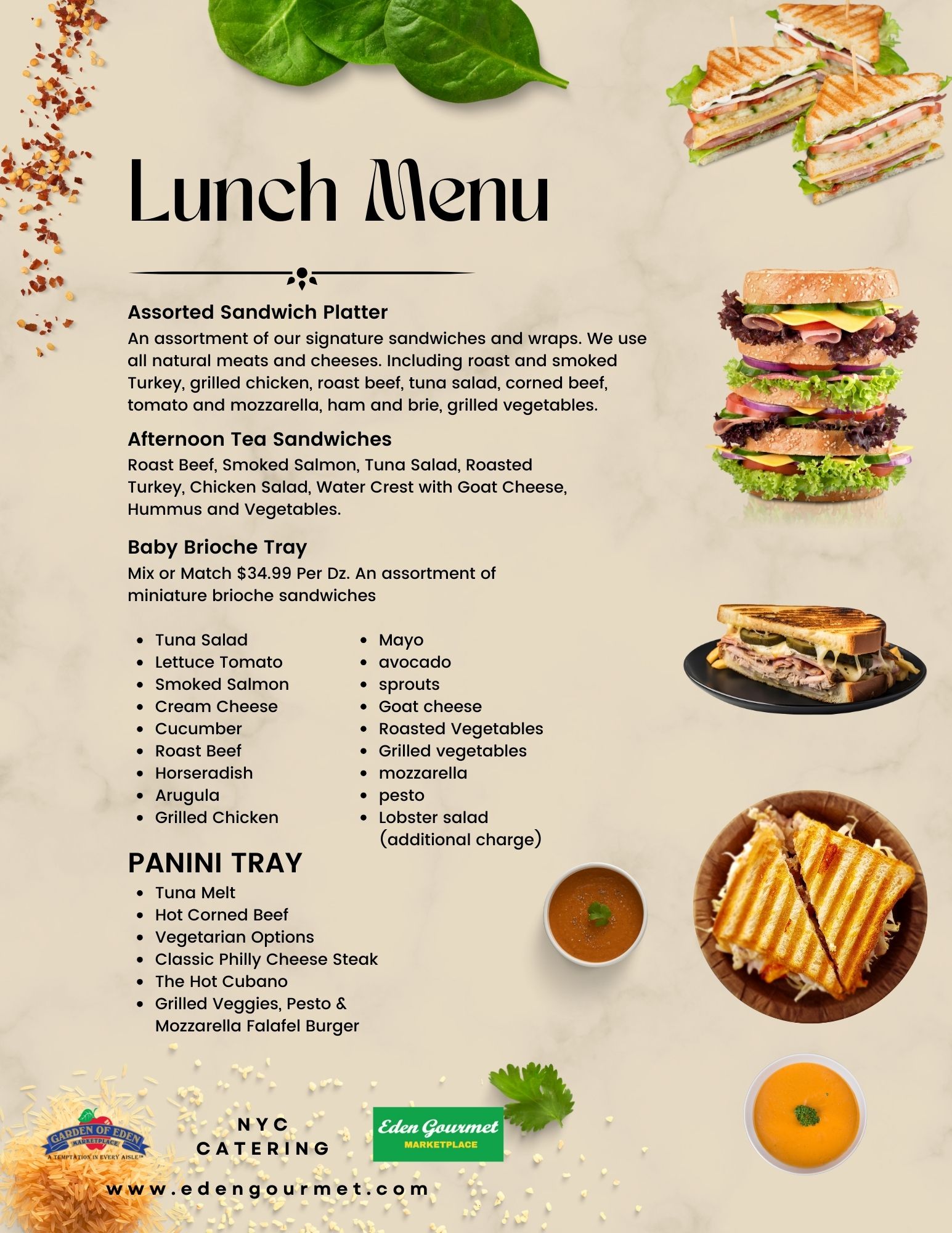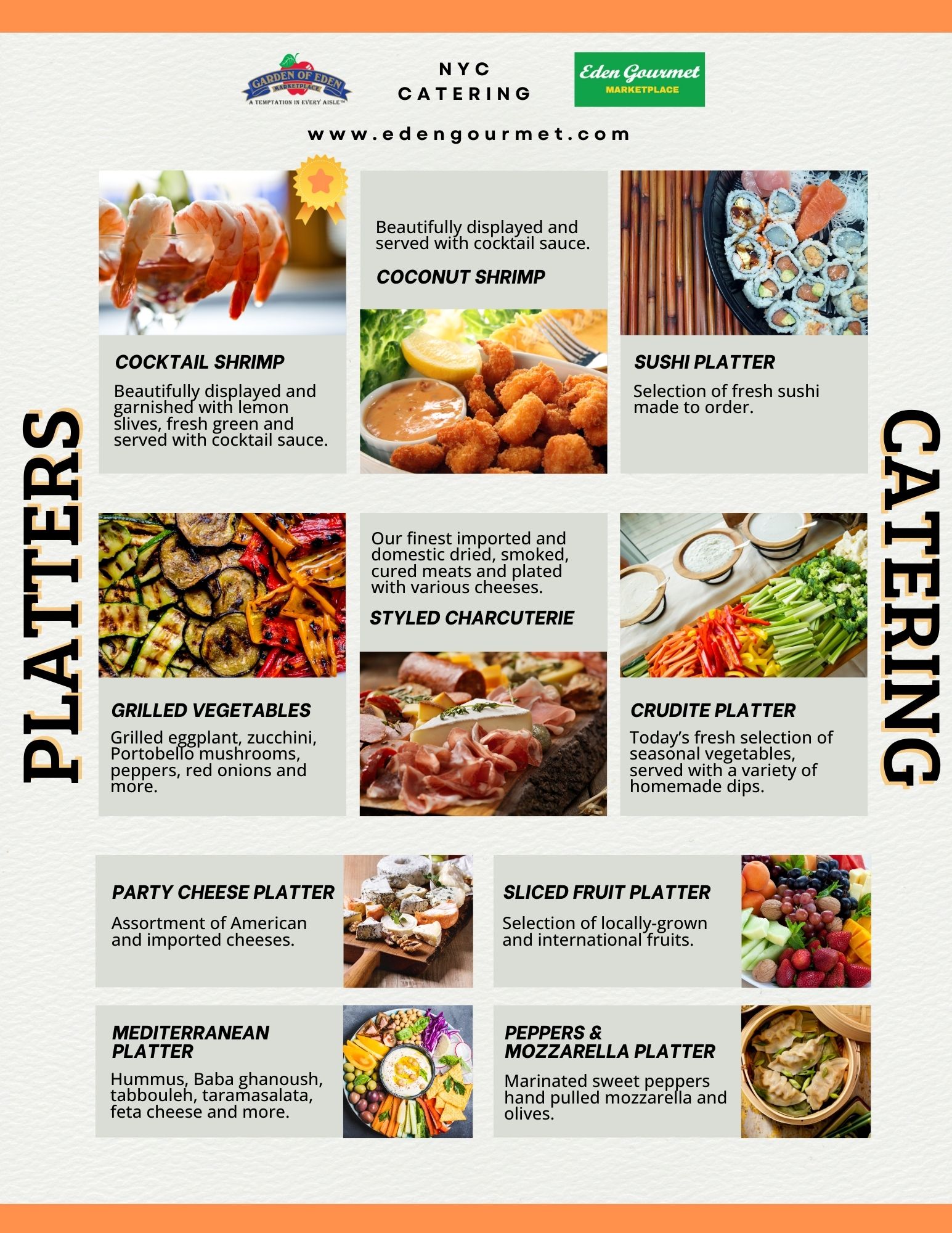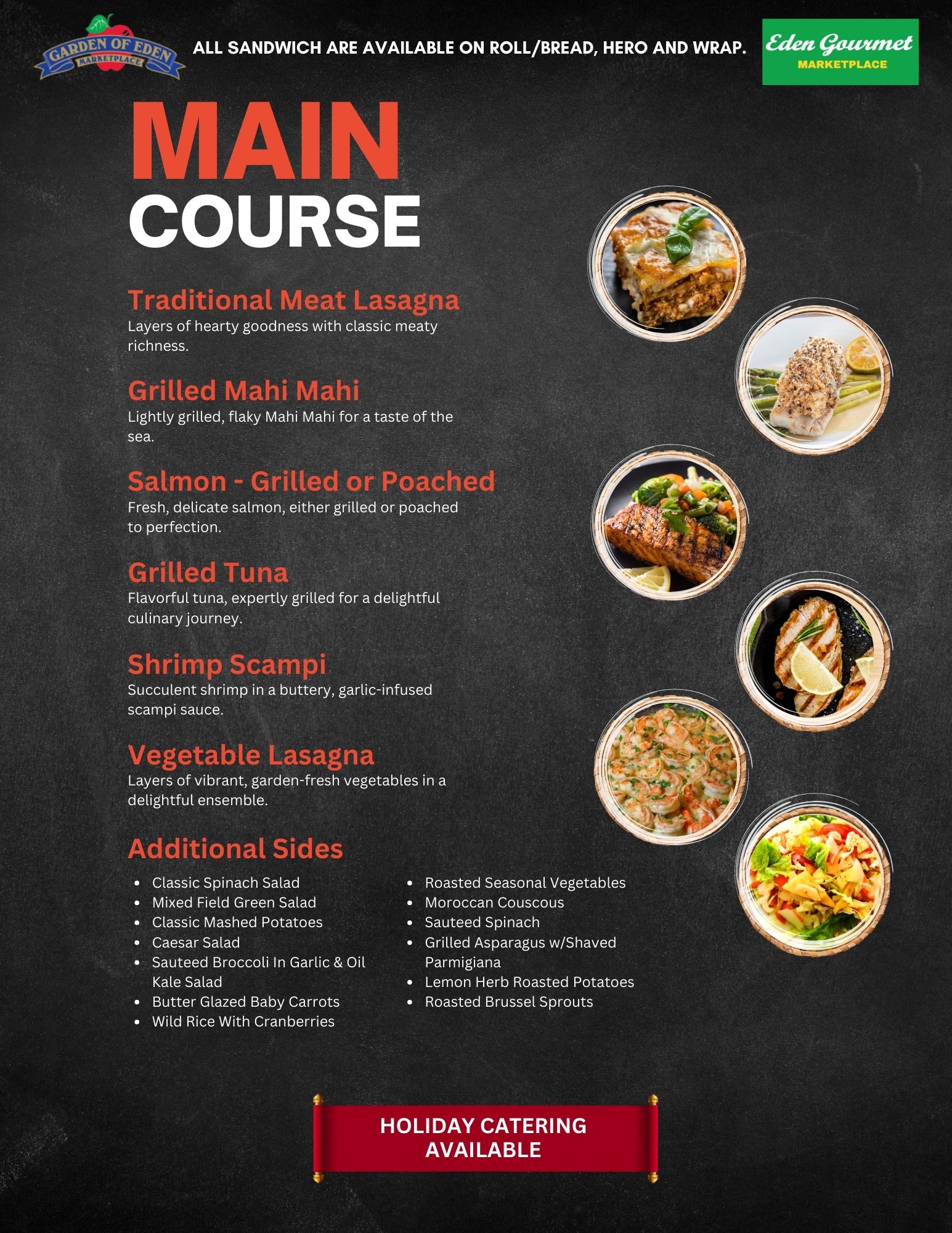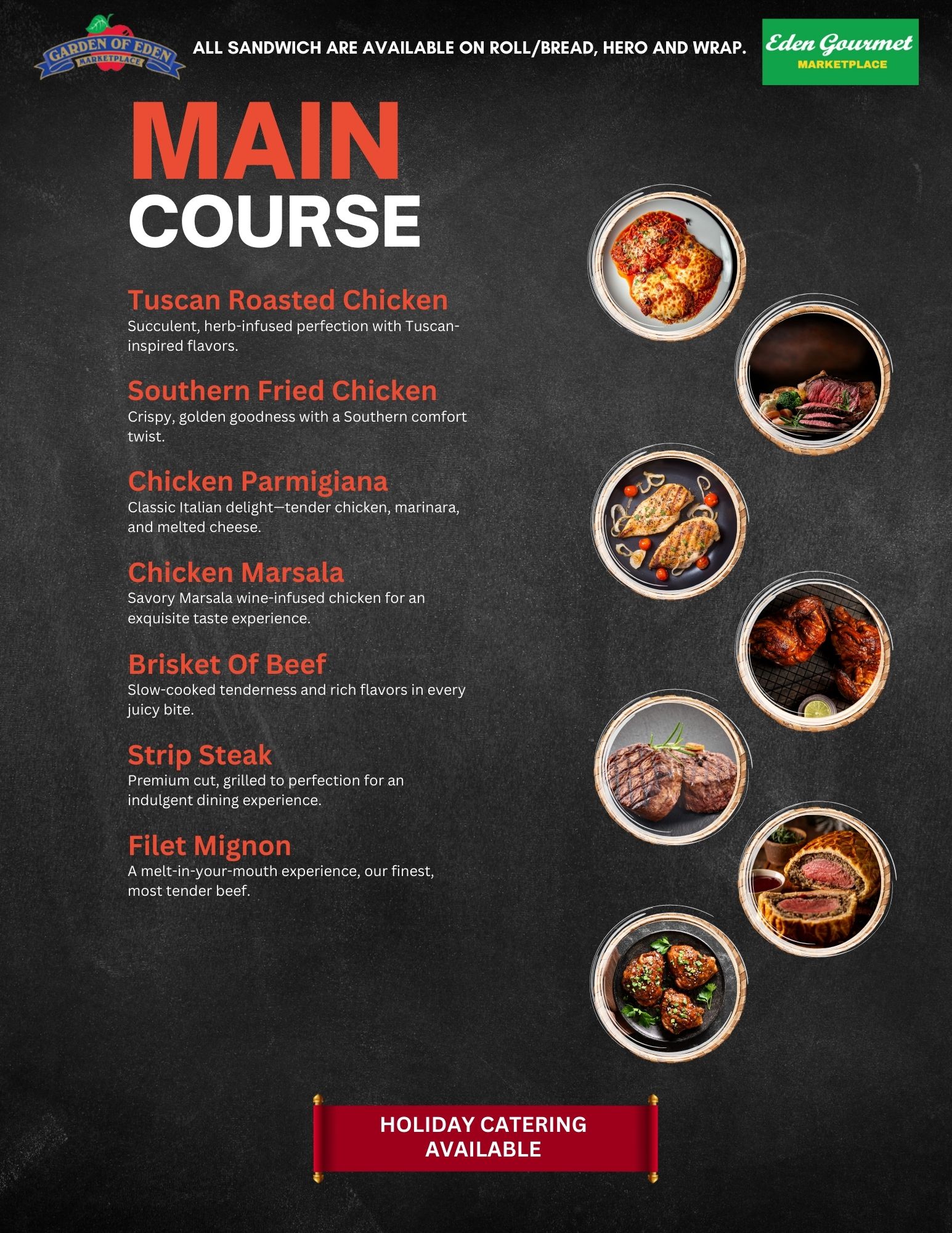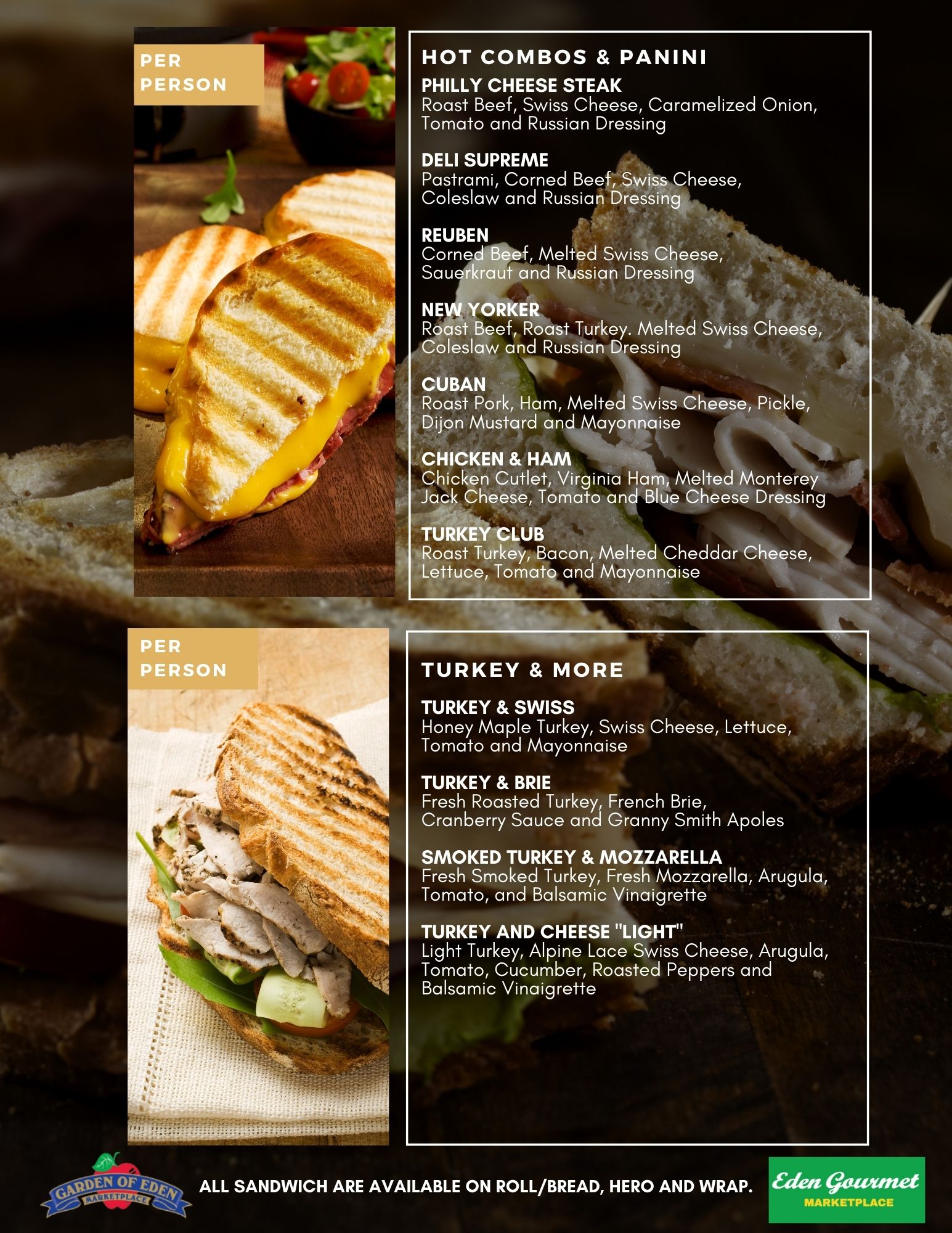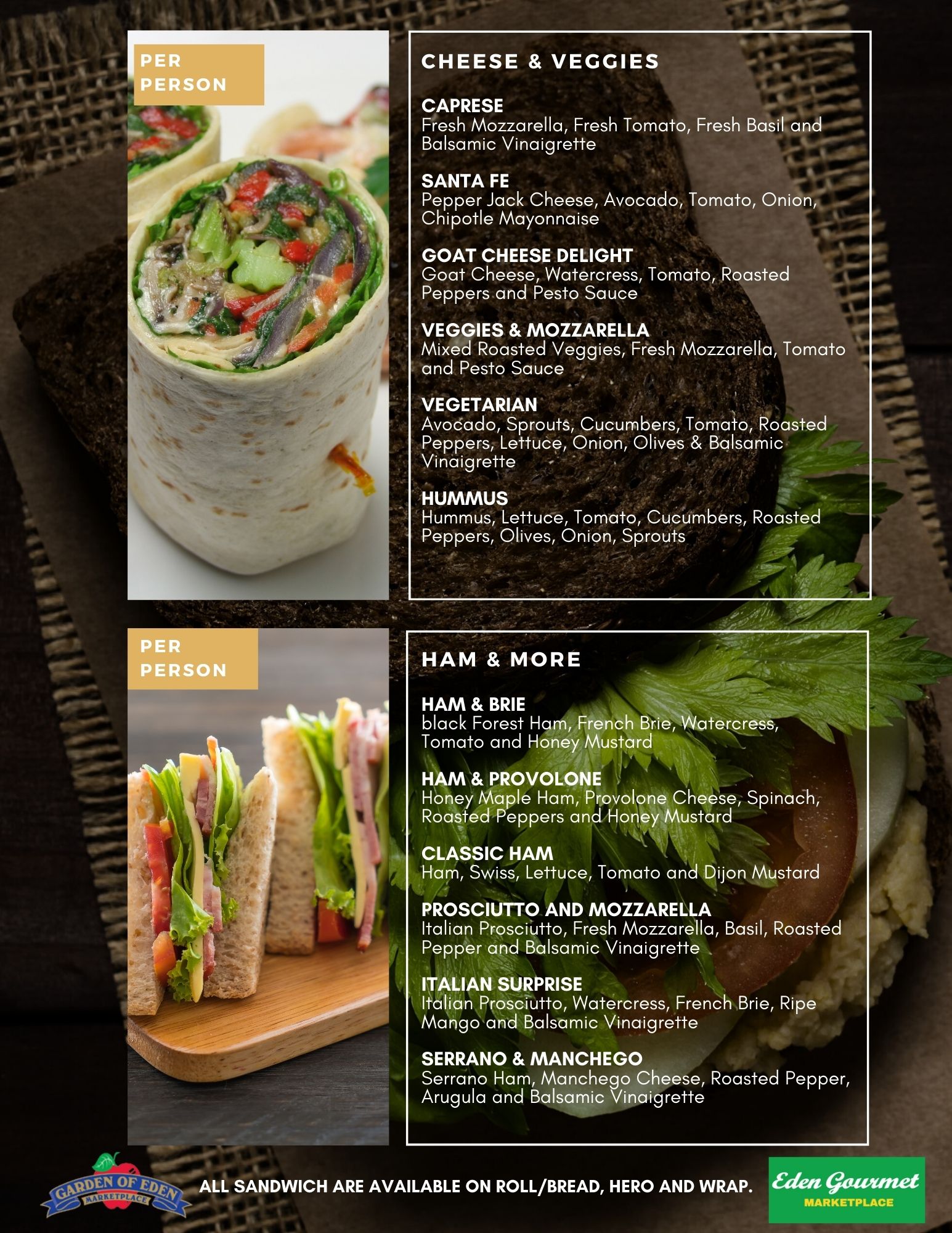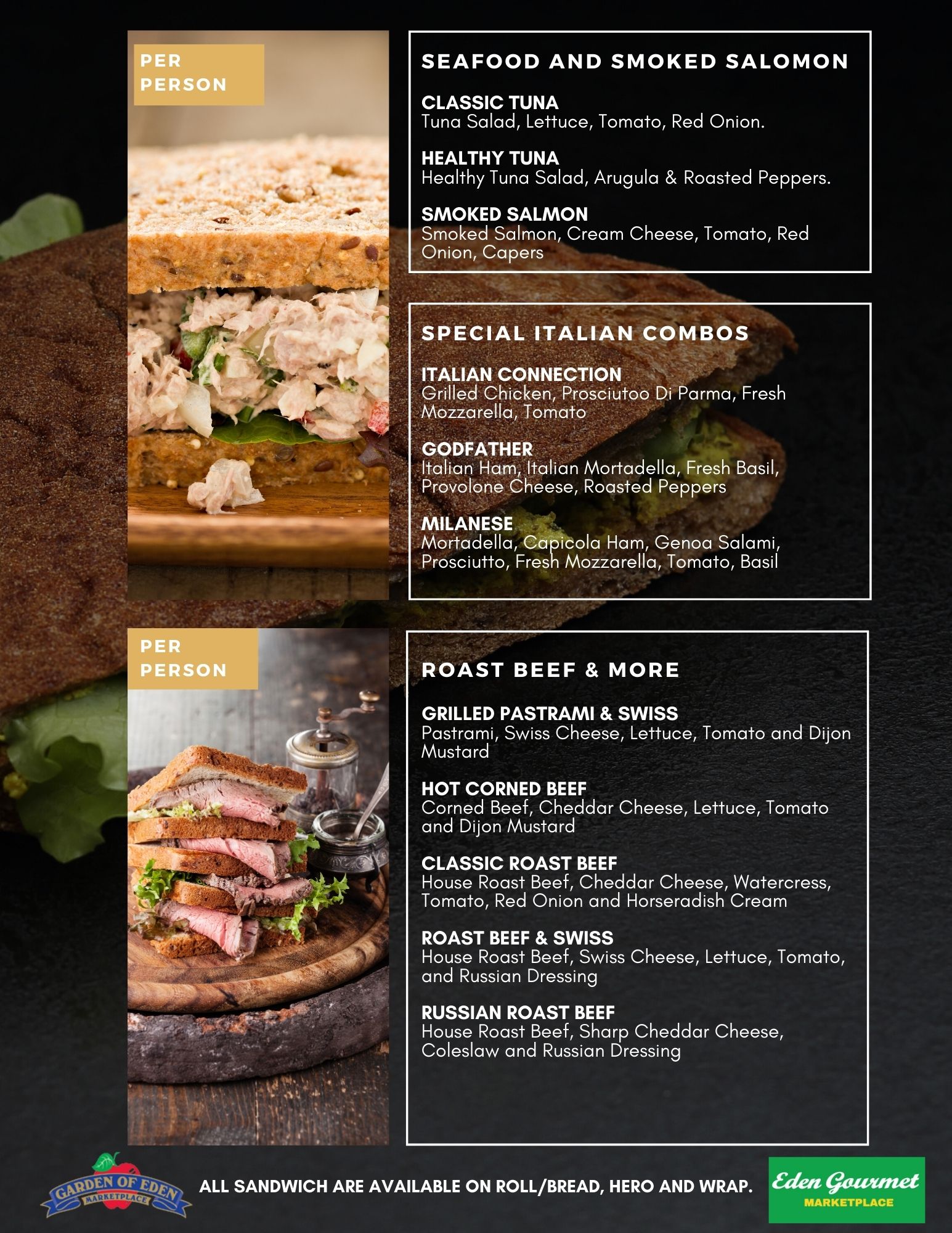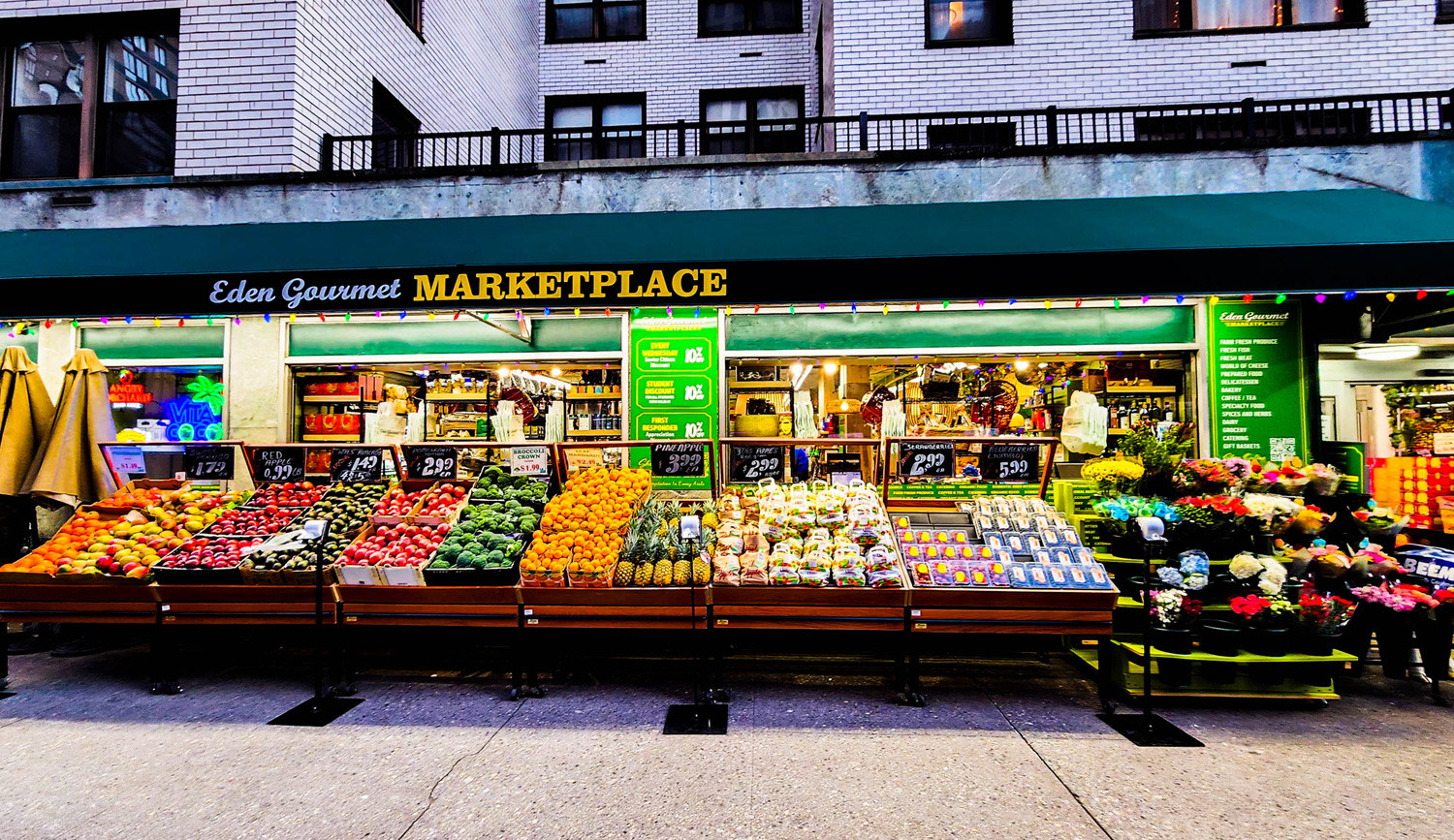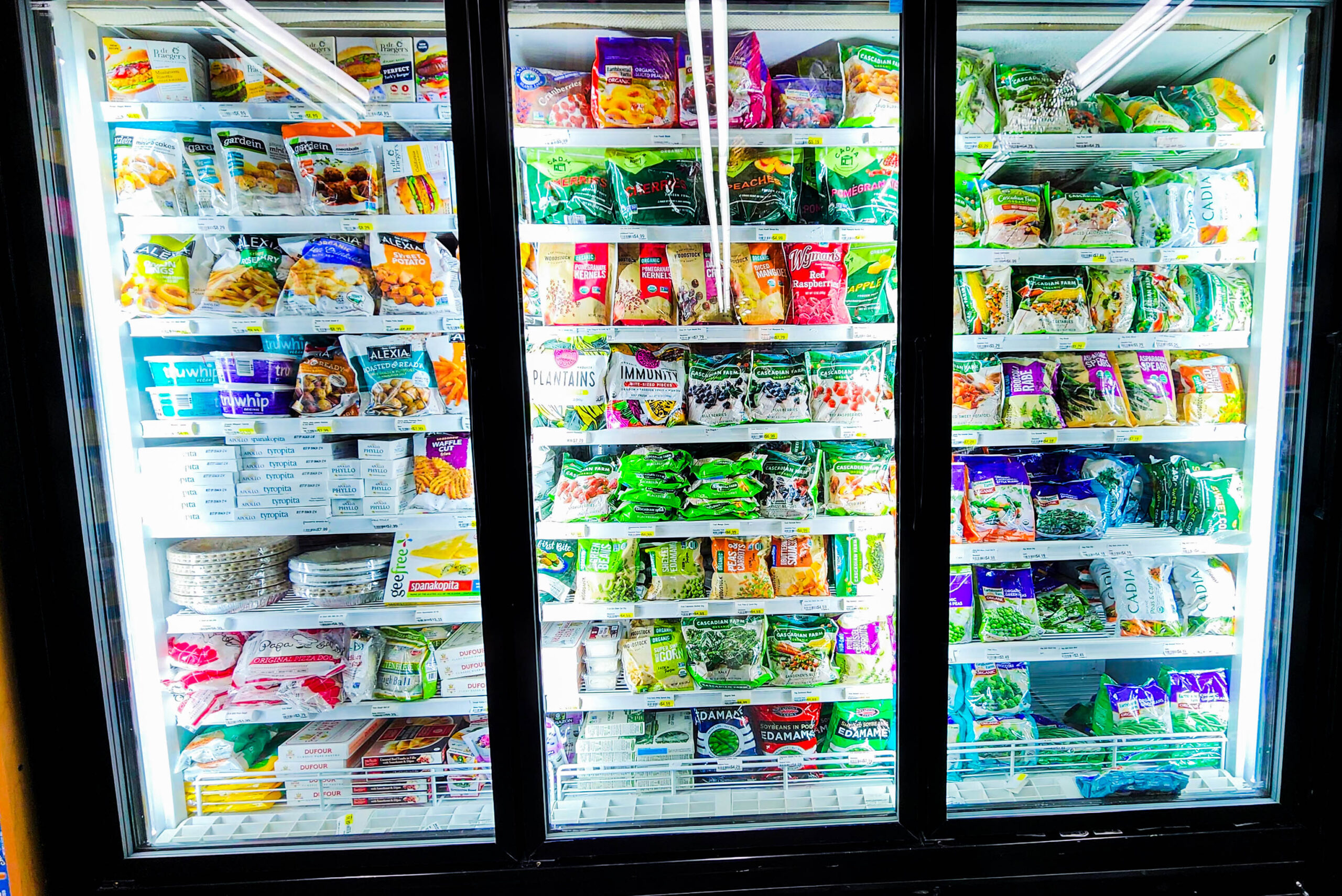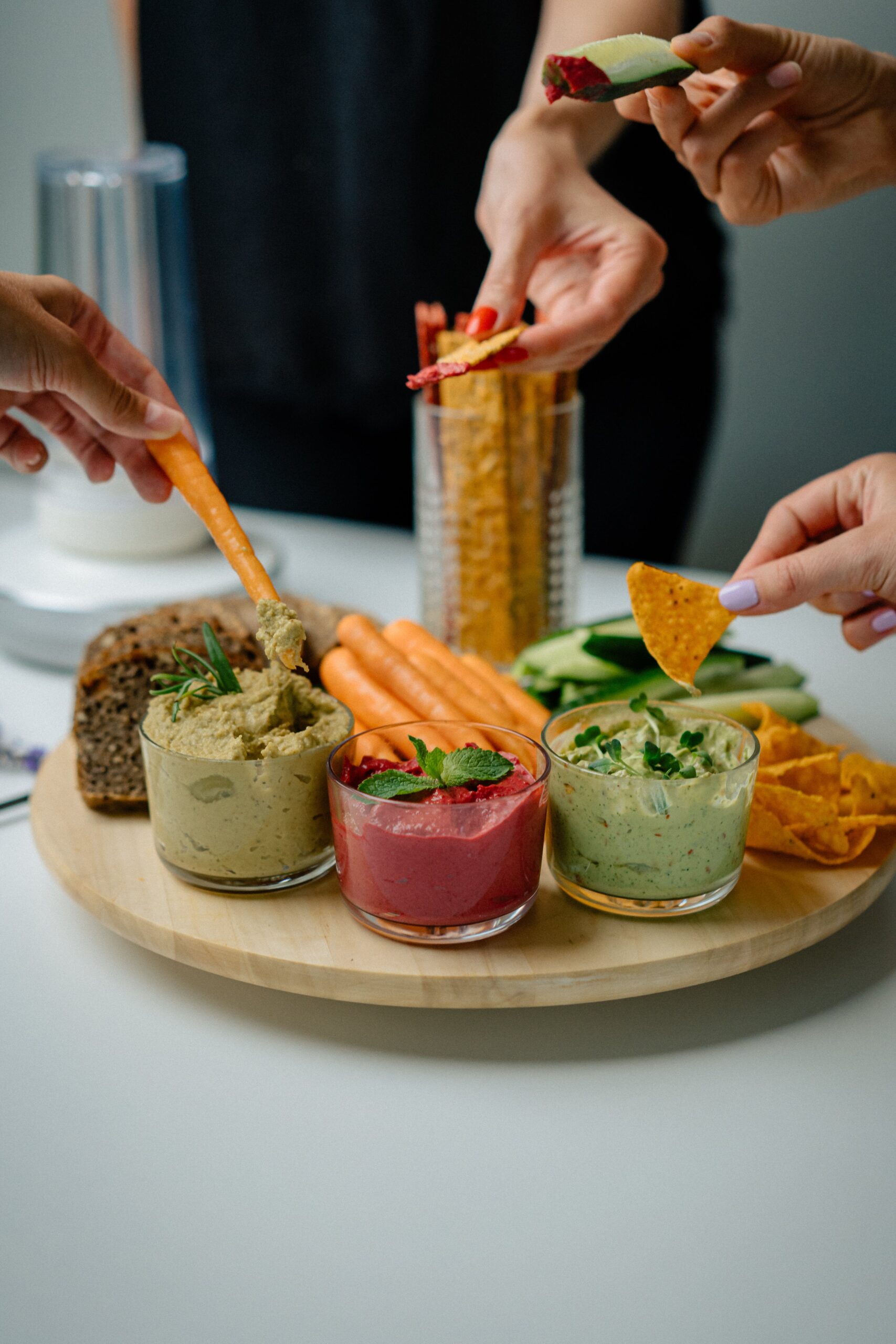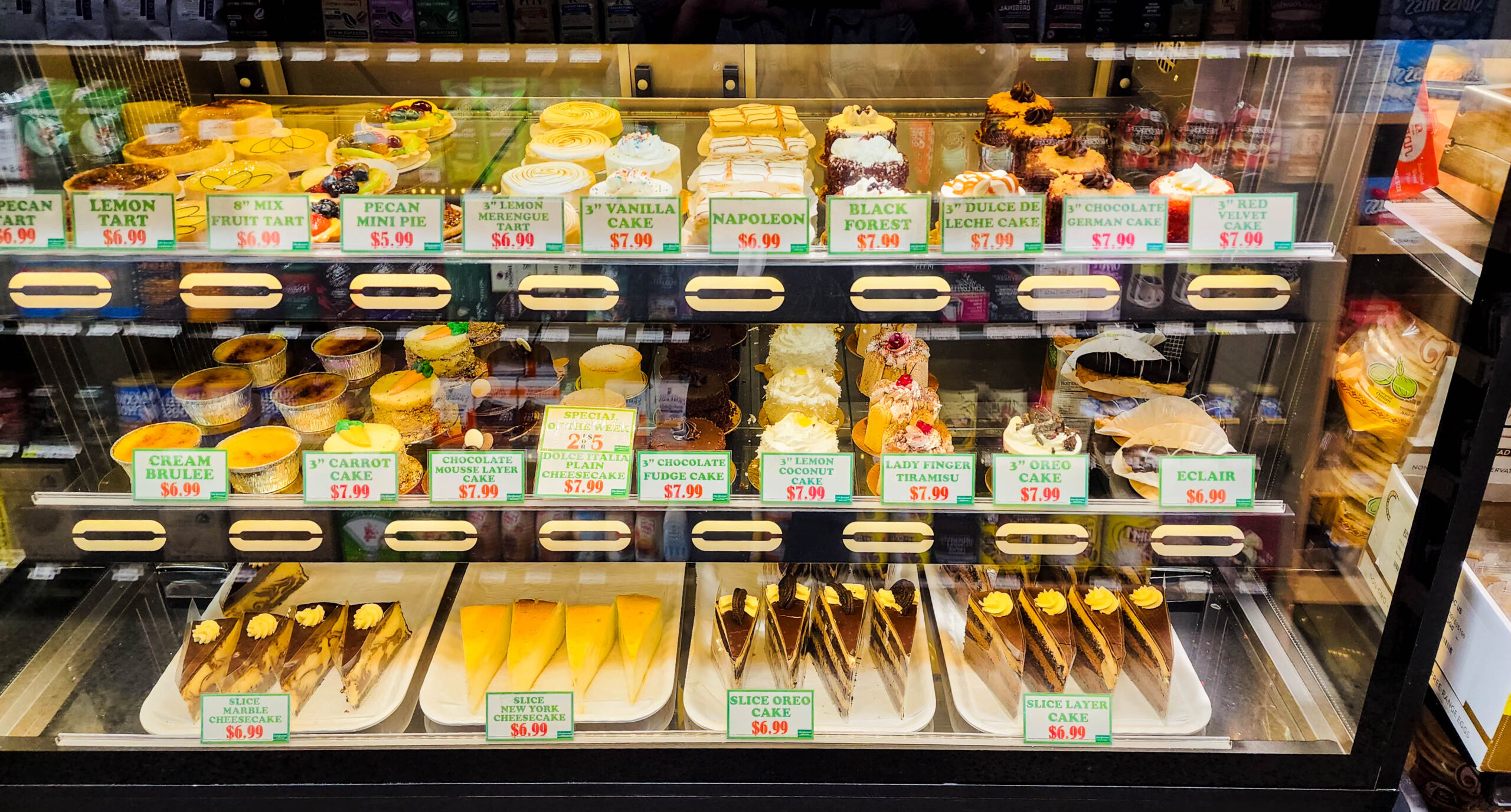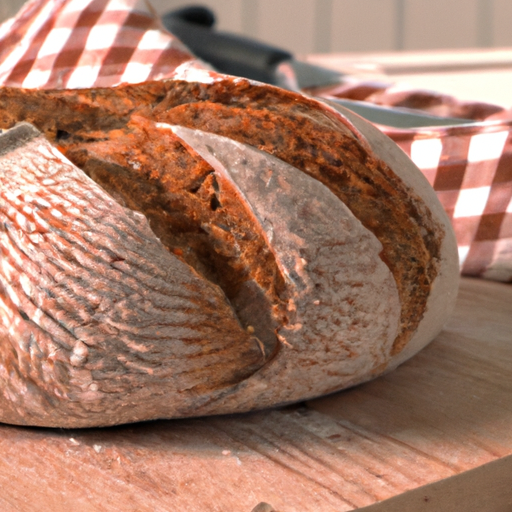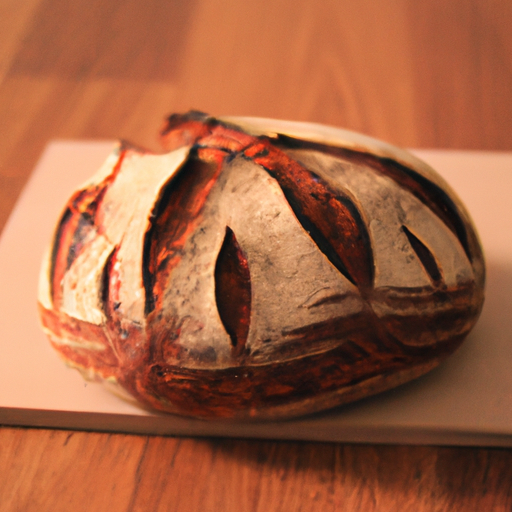Share This Story, Choose Your Platform!
Artisan breads and baked goods have gained popularity in recent years for their unique flavors, textures, and quality ingredients. Unlike mass-produced breads, artisan breads are typically made by hand in small batches, using traditional methods and high-quality ingredients. This results in breads that are more flavorful, with a crust that is crisp and a crumb that is tender and chewy.
Understanding the Importance of Crust and Crumbs
The crust and crumb of a loaf of bread are two of the most important elements that contribute to its overall quality. The crust is the outer layer of the bread, which is typically crispy and golden brown. It provides a satisfying crunch and adds depth of flavor to the bread. The crumb, on the other hand, refers to the interior of the bread, which should be light, airy, and full of small air pockets. A good crumb is essential for a bread that is moist and tender.
Tips and Techniques for Achieving the Perfect Crust and Crumb
Achieving the perfect crust and crumb in artisan breads requires attention to detail and practice. One important factor is the type of flour used. Bread flour, which has a higher protein content, is ideal for creating a strong gluten structure that will result in a chewy crumb. Another key factor is hydration – the amount of water in the dough. A higher hydration level will result in a more open crumb structure. Additionally, proper fermentation and proofing times are crucial for developing flavor and texture in the bread.
To achieve a crispy crust, baking the bread at a high temperature in a steamy oven is essential. The steam helps the crust to develop quickly, creating a crisp exterior while allowing the bread to expand fully. Slashing the dough before baking also helps to release steam and control the expansion of the bread, resulting in a more even crumb structure.
Recipes to Try at Home: A Beginner’s Guide to Artisan Baking
For those looking to try their hand at artisan baking at home, there are many simple recipes to get started. A basic sourdough bread is a great place to begin, as it only requires flour, water, salt, and a sourdough starter. Other popular recipes include French baguettes, ciabatta, and focaccia. Experimenting with different flours, hydration levels, and fermentation times will help you develop your own unique style and flavor profile.
In conclusion, mastering the art of artisan bread baking requires practice, patience, and attention to detail. By understanding the importance of crust and crumb, and following tips and techniques for achieving the perfect texture, you can create delicious breads and baked goods that rival those found in a bakery. So roll up your sleeves, dust off your apron, and start baking your way to crusty, crumbly perfection.

